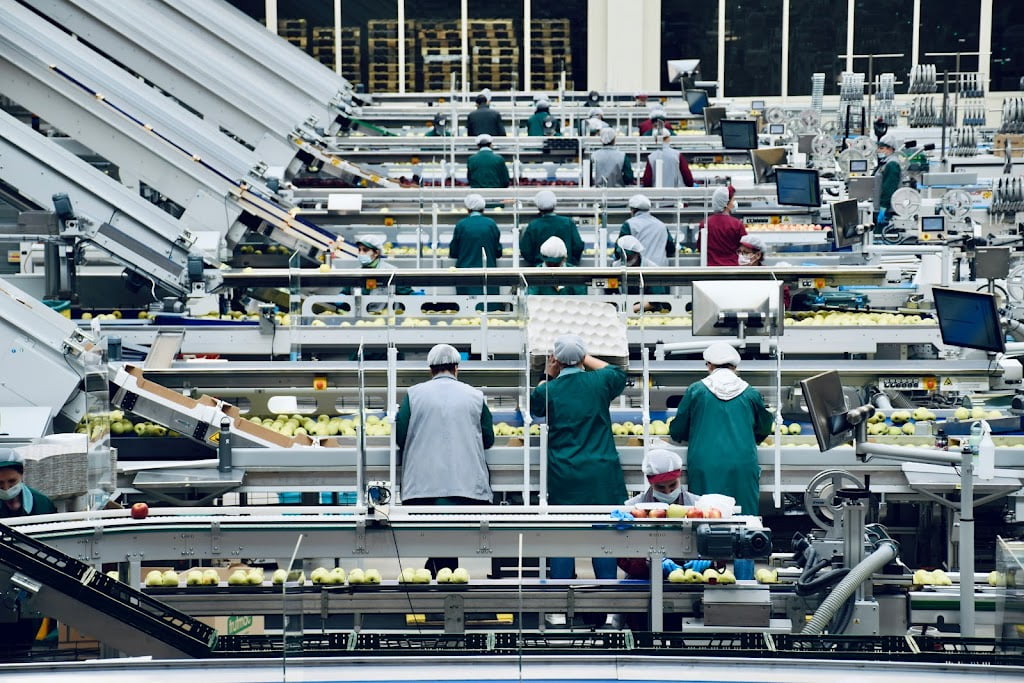What is Drug products approval System Regulatory affairs in 2024
Authorization in drug products
Drug products approval system Regulatory affairs, A medicinal product, whether intended for human or veterinary use, must obtain a valid Marketing Authorisation (MA) before it can be legally sold and supplied in the market. The entity holding the Marketing Authorisation, known as the Marketing Authorisation Holder (MAH), is responsible for ensuring
that the product is marketed in accordance with the terms specified in the authorisation.
Marketing Authorisations are granted on a per-country basis within the EU, unless the product undergoes the centralized procedure, wherein a single MA (known as a Community Authorisation) issued by the European Commission allows marketing in all EU Member States. To obtain a MA, applicants must provide comprehensive data demonstrating the safety, quality, and efficacy of the product. Approval is granted only when the benefits of the product outweigh any associated risks. It’s important to note that not all applications for MAs are successful. Some applications may be declined due to insufficient or inadequate
supporting data.
How long is a regulatory market Authorisation valid for:Drug products approval system Regulatory affairs
The initial validity of a national Marketing Authorization (MA) spans five years from its first authorization date. Upon reaching the end of this period, the MA undergoes a renewal process to assess the ongoing balance of benefits and risks associated with the product. This evaluation incorporates any additional information garnered about the product through its usage experience since initial authorization, such as pharmacovigilance data. The aim is to ascertain the continued appropriateness of the product’s MA. Subsequent to this review, the MA will either remain valid indefinitely or the Marketing Authorization Holder (MAH) will be requested to submit another renewal application after an additional five years.
How can a product be authorised?
There are four distinct pathways to securing a Marketing Authorisation (MA), resulting in the issuance of three distinct types of MAs: National-only MA, Mutually Recognised MA, or Community Authorisation. These pathways delineate the procedures, protocols, and timelines adhered to in advancing an application for a new MA in compliance with EU legislation. Following approval, the authorisation is categorized as either nationally authorised, mutually recognised, or centrally authorised. A nationally authorised product undergoes assessment and approval solely on a national level, without involvement from other Member States.
Information regarding nationally authorised products can be found on your national health authority’s website. A mutually recognised product undergoes assessment and approval at a European level, involving at least two Member States, typically through the mutual recognition or decentralised procedure. For information regarding mutually recognised products, please refer to the MRI Product Index (Human) or the VMRI Product Index (Vet).
A centrally authorised product undergoes assessment and approval at the community level, involving all EU Member States. Information about centrally authorised products can be obtained from the EMA website, Regulatory response quality trends.
National, Mutual Recognition, Decentralized and Centralized Procedures
In order to gain approval to market a medicinal product in the European Union (EU), a manufacturer has the option to choose from four registration pathways, including:
The Centralized Procedure
The National Procedure
The Mutual Recognition Procedure
The Decentralized Procedure
These pathways, outlined by the European Medicines Agency (EMA), are determined based on factors such as the type of product and the intended market scope across multiple countries. Centralized Procedure (CP): Under the Centralized Procedure, a single application is submitted to the European Medicines Agency (EMA) for review and approval. This procedure is typically used for innovative medicinal products, such as biotechnology products and orphan drugs, intended to be marketed across all EU member states as well as Iceland, Liechtenstein, and Norway. Once approved by the EMA, the product is authorized to be marketed in all participating countries simultaneously.
Article 3 of Regulation (EC) No 726/2004 outlines the criteria for determining the eligibility of applications for evaluation under the centralised procedure, which is the pathway through which medicinal products
are authorized by the European Union. Prior to submitting an application for marketing authorization, the eligibility for the centralised procedure must be confirmed by the CHMP (Committee for Medicinal Products for Human Use). The specific basis for eligibility must align with the CHMP’s acceptance or confirmation, including the date of such acceptance or confirmation. Each application should indicate only one eligibility basis, except for Advanced Therapy Medicinal Products, for which additional information may be required. Even if a product falls under both mandatory and optional eligibility scopes, the mandatory scope should be clearly stated.
Additionally, the section should include the EMA (European Medicines Agency) product number and the appointed Rapporteurs from the relevant Committees. For applications seeking a change to an existing marketing authorization to extend its scope, as described in Annex I of Regulation (EC) No 1234/2008, it is not necessary to seek reconfirmation of eligibility. Instead, the same eligibility basis used for the original application should be indicated, whenever possible. If the original eligibility basis is no longer valid, only “Centralised Procedure” should be indicated, with the eligibility basis tick boxes left blank.
National Procedure (NP): In the National Procedure, the manufacturer applies for market authorization directly to the regulatory authority of each individual EU member state where they intend to market the
product. Each national regulatory authority independently assesses the application according to its own regulations and requirements. This procedure is typically chosen for products intended to be marketed only in one or a few EU member states. Medications that aren’t covered by the centralized procedure or
were approved prior to the establishment of the European Medicines Agency (EMA) are subject to national procedures (NPs) for authorization. This pathway proves beneficial for manufacturers targeting market approval in particular EU member states. Under this process, applications undergo evaluation by the competent authorities of the respective EU member state. Each EU member state operates its own national procedure.
Mutual Recognition Procedure (MRP): The Mutual Recognition Procedure involves submitting an application for market authorization to one EU member state, known as the Reference Member State (RMS). The RMS evaluates the application and produces an assessment report. The applicant then uses this report to apply for recognition of the authorization in other EU member states through a mutual recognition process. Each member state evaluates the assessment report and can choose to recognize
the authorization granted by the RMS. This procedure is suitable for products intended to be marketed in multiple EU member states but not across the entire EU. In the Mutual Recognition Procedure (MRP), approval obtained in one EU member state is recognized across others. This process applies when a
manufacturer has already gained market authorization in a single EU country. The guidelines for MRP market approval are defined in Directive 2001/83/EC. If an MRP application is submitted to multiple EU countries, it’s essential to ensure uniformity across all applications. The Reference Member State,
responsible for evaluating the application, is tasked with informing other concerned Member States of its status.
Decentralized Procedure (DP): The Decentralized Procedure is similar to the Mutual Recognition Procedure but is used when the product has not yet been authorized in any EU member state. The application is simultaneously submitted to multiple EU member states, with one member state acting as the Reference Member State (RMS). The RMS coordinates the evaluation process among the concerned member states. If the product is authorized by all participating member states, it can be marketed in those countries. This procedure is chosen for products intended to be marketed in multiple EU member states but without existing authorization in any of them.
The decentralized procedure (DP) is designed for medicines that haven’t received authorization in the EU yet. Manufacturers can seek authorization simultaneously in multiple EU member states under this procedure, which is governed by Directive 2004/27/EC. In the DP, any member state can initiate the evaluation of the application. Selecting the most suitable procedure for your specific scenario can be a complex decision, as each approach ultimately leads to compliance.




